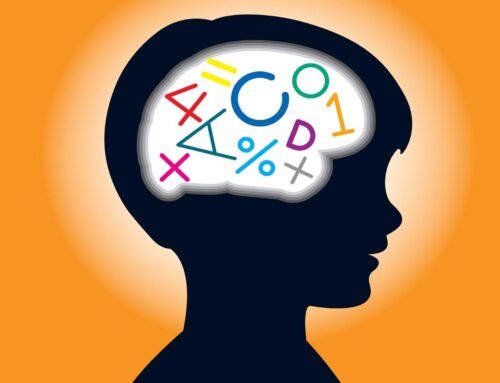To correctly begin this blog we have to start with, “ONCE UPON A TIME.” You may now be sitting with a puzzled look on your face, but let me explain. Let’s look at students A, B, and C:
Student A is a 15-year-old student whose teacher is ready to fail him because of his poor handwriting.
ONCE UPON A TIME, when the same student was four years old, he was unable to keep his alphabet aligned on his wide ruled paper nor was he able to complete simple mazes. His visual-motor integration skills were not addressed when he was young and this is now a hindrance to his progress.
Student B is a 14-year-old girl whom is extremely aggressive in school toward her peers. Moreover, she often gets into fights and appears to simply hate being around people.
ONCE UPON A TIME, she was a five-year-old little girl that would cry when having to do finger paints, have a tantrum when asked to play with modeling clay, and always complained about the tags in her shirts and how her clothes didn’t “feel right”. Her hypersensitivity/tactile defensive tendencies were not addressed when she was young and is now a hindrance to her progress.
Student C is a 13-year-old student whose reading comprehension has been the topic of discussion at many parent-teacher conferences. The teacher states to the parents that he is an extremely bright child and can answer any questions from a discussion in class, however, he can never fully explain or discuss a reading assignment.
ONCE UPON A TIME, when the student was seven years old and had to read aloud in class, he would often repeat words multiple times. He would read a sentence, and before starting the new sentence, he would reread the last couple of words in the previous sentence. He was also extremely poor at sports and refused to play on a majority of occasions. His visual tracking skills were not addressed when he was young and this is now a hindrance to his progress.
In all of these instances, the issues, problems, and hindrances that we see in these children could possibly be greatly decreased or even nonexistent if there would have been early intervention.
Having an individual proceed through life without successfully achieving base developmental milestones is a recipe for academic failure and scholastic latency. We must begin to look at students the same way an architect looks at building a home. If the architect has a million dollars to build a home, he would not spend only 1000 to plant or lay the foundation. If so, everything that he builds on top of that faulty foundation is bound to fall.
Early intervention allows for that steady foundation to be laid. This allows us as educators, therapists, and caregivers to later build upon that foundation and have assurance that progress can and will continue.



